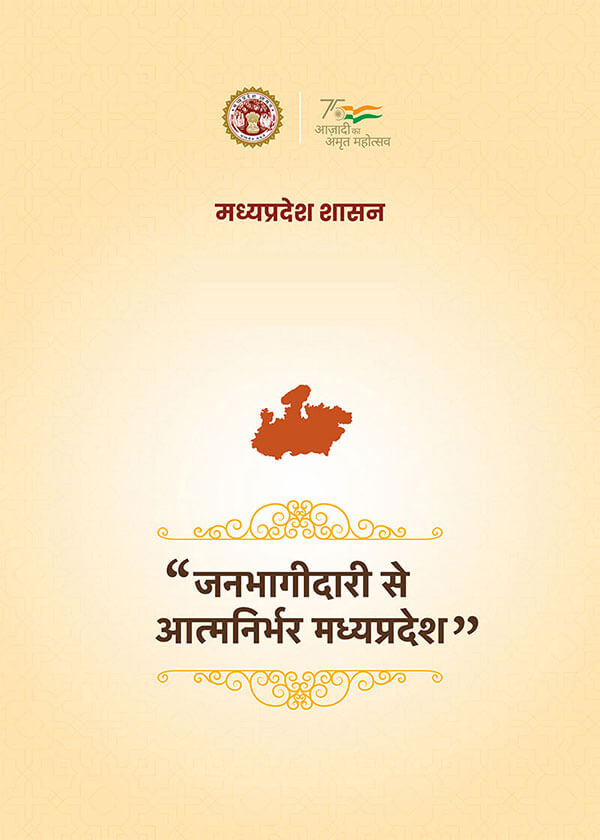FAQ
Answer
According to Section 2 (d) of the Disaster Management Act, 2005 “disaster means a catastrophe, mishap, calamity or grave occurrence in any area, arising from natural or man-made causes, or by accident or negligence which results in substantial loss of life or human suffering or damage to, and destruction of, property, or damage to, or degradation of, environment, and is of such a nature or magnitude as to be beyond the coping capacity of the community of the affected area.”\r\nDisasters are often described as a result of the combination of: the exposure to a hazard; the conditions of vulnerability that are present; and insufficient capacity or measures to reduce or cope with the potential negative consequences. Disaster impacts may include loss of life, injury, disease and other negative effects on human physical, mental and social well-being, together with damage to property, destruction of assets, loss of services, social and economic disruption and environmental degradationAnswer
Disaster risk is the potential disaster losses, in lives, health status, livelihoods, assets and services, which could occur to a particular community or a society over some specified future time period. The definition of disaster risk reflects the concept of disasters as the outcome of continuously present conditions of risk. Disaster risk comprises different types of potential losses which are often difficult to quantify. Nevertheless, with knowledge of the prevailing hazards and the patterns of population and socio-economic development, disaster risks can be assessed and mapped, in broad terms at least.Answer
Risk is the combination of the probability of an event and its negative consequences. The word “risk” has two distinctive connotations: in popular usage the emphasis is usually placed on the concept of chance or possibility, such as in “the risk of an accident”; whereas in technical settings the emphasis is usually placed on the consequences, in terms of “potential losses” for some particular cause, place and period. It can be noted that people do not necessarily share the same perceptions of the significance and underlying causes of different risks.Answer
Vulnerability is the characteristics and circumstances of a community, system or asset that make it susceptible to the damaging effects of a hazard. There are many aspects of vulnerability, arising from various physical, social, economic, and environmental factors. Examples may include poor design and construction of buildings, inadequate protection of assets, lack of public information and awareness, limited official recognition of risks and preparedness measures, and disregard for wise environmental management. Vulnerability varies significantly within a community and over time. This definition identifies vulnerability as a characteristic of the element of interest (community, system or asset) which is independent of its exposure. However, in common use the word is often used more broadly to include the element’s exposure.Answer
Hazard is a dangerous phenomenon, substance, human activity or condition that may cause loss of life, injury or other health impacts, property damage, loss of livelihoods and services, social and economic disruption, or environmental damage.
📅Diary/calendar 2025
 Diary/calendar 2025
Diary/calendar 2025
 Diary/calendar 2025
Diary/calendar 2025
📅Diary/calendar 2025
 Diary/calendar 2025
Diary/calendar 2025
 Diary/calendar 2025
Diary/calendar 2025
